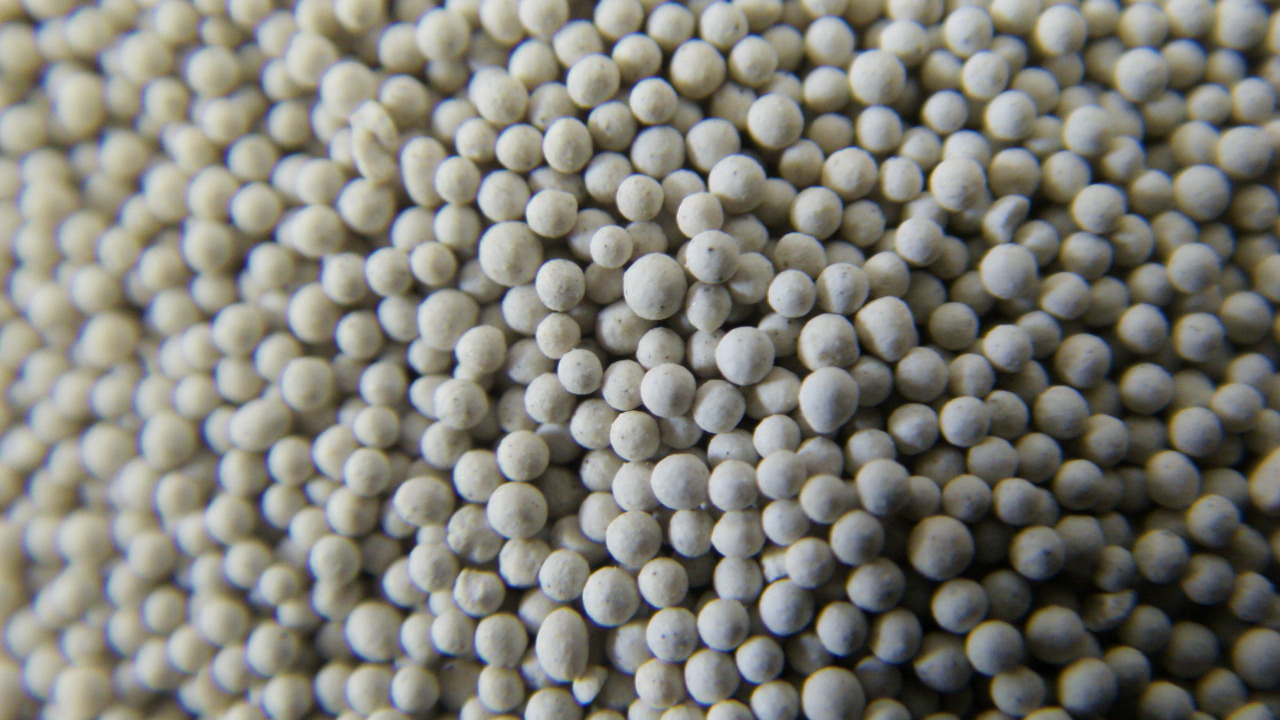3D printing technology has ushered in a transformative era in product manufacturing, and the realm of DIY tools is no exception. Sanding blocks, crucial for smoothing surfaces, have gained substantial versatility and customization through 3D printing. These tools are pivotal in woodworking, metalworking, and even crafting. Their adaptability makes them an attractive option for enthusiasts seeking bespoke solutions that traditional tools may not offer.

Experience plays a significant role when diving into 3D printing sanding blocks. Seasoned DIYers have noted that these blocks allow for precision and customization unmatched by off-the-shelf alternatives. Users can design sanding blocks to fit specific hand grips, making them ergonomically superior and comfortable for extensive use. The ability to tailor the grit attachment methodologies is another advantage. Instead of relying solely on standard sandpaper sheets, custom designs can incorporate easy-to-attach mechanisms that streamline sandpaper changes, enhancing efficiency and reducing downtime during projects. Expertise in 3D modeling and printing techniques becomes invaluable in creating effective sanding blocks. Discerning hobbyists may choose between various filament materials, such as PLA, ABS, or TPU, depending on the desired rigidity, flexibility, and durability. PLA, known for its ease of printing and strength, is often used for more rigid sanding blocks. TPU, on the other hand, is suitable for flexible sanding blocks that may be needed for curved and irregular surfaces. Advanced users are exploring multi-material printers to integrate hard and soft elements into a single tool, offering variable sanding surfaces or ergonomic grips, enhancing the sanding block’s utility beyond traditional designs.

Authority in the choice and use of 3D-printed sanding blocks can be established through practical application and shared knowledge within maker communities. Influencers and experts in 3D printing share their insights, showcasing the performance of different designs and materials through online platforms, allowing newcomers to gain from their experiences. These discussions often reveal innovative designs that leverage the intrinsic advantages of additive manufacturing, such as lightweight lattice structures for reduced material use without sacrificing strength. Trustworthiness in the product’s performance is crucial for users to fully commit to shifting from conventional to 3D-printed tools. Ensuring that your sanding block stands up to continuous use requires attention to detail in the design and manufacturing process. Users should consider prototyping their designs and executing stress tests to evaluate their endurance against abrasive forces. Reviews and feedback from trusted community members or forums dedicated to 3D printing can vastly influence the adaptation of these tools, providing prospective users with confidence in their investment. The burgeoning field of 3D-printed tools, like sanding blocks, demonstrates the potential of personalization in everyday objects. Adopters of this technology enjoy a degree of control and creativity previously unavailable with standardized mass-market products. While challenges such as the need for 3D design skills and access to high-quality printers exist, the benefits of customized, ergonomically designed, and cost-effective sanding solutions far outweigh these constraints. As technology evolves, so too will the methods of producing everyday tools, with 3D-printed sanding blocks standing as a testament to innovation's capability to revitalize traditional practices for modern requirements. By fostering a community of experiences, expertise, authoritative advice, and reliable performance, the spread of 3D-printed sanding blocks across various crafts and industries seems inevitable, encouraging more creators to explore and adopt this revolutionary manufacturing approach.
Post time:Fev . 10, 2025 09:46Next:sanding and painting 3d prints
